|
   |
|
Page 6 |
Newsletter 124 Spring 2019 © Hampshire Mills Group |
Closure of a Traditional Maltings
Robin Appel
Pictures by Andy Fish
|
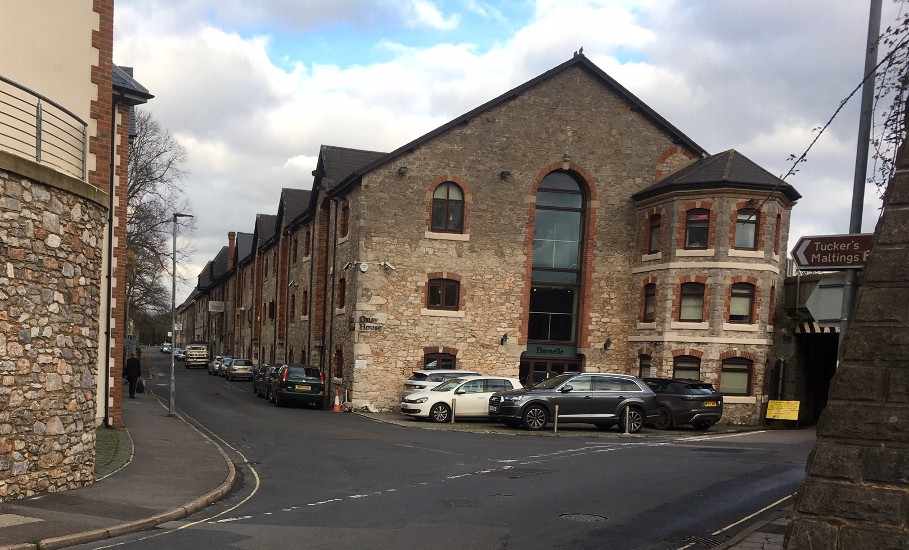 |
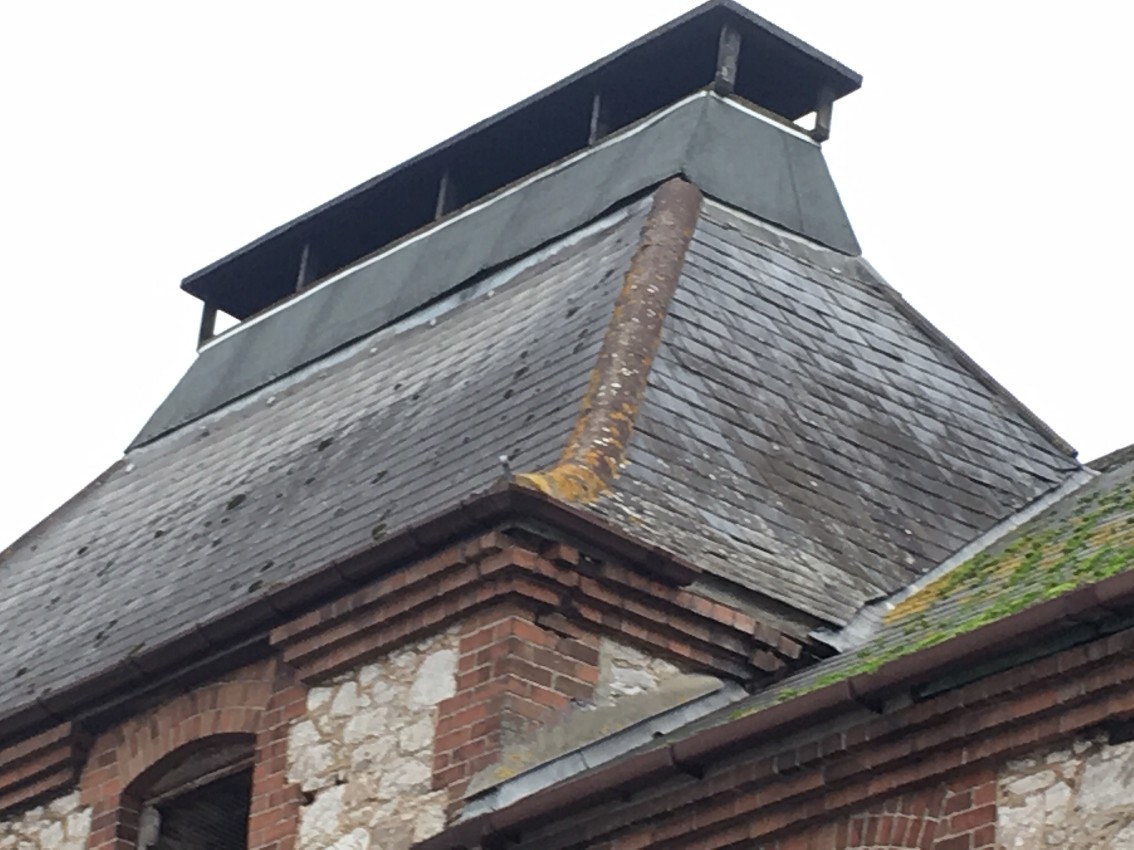
Tuckers Maltings
at Newton Abbott, Devon, closed at the end of
October. |
|
This was one of only 4 traditional ‘floor’ maltings
still operating in England and Wales, the others are
at Warminster, Wiltshire, Great Ryburgh, Norfolk,
and Castleford in Yorkshire. In Scotland there are
eight more ‘floor’ maltings, each one part of their
own distillery, but only one of these, Springbank,
makes all its own malt, the others just make enough
to maintain the craft, and satisfy the tourist
industry. It would be fair to say that traditional
‘floor’ maltings are more rare than working
windmills and water mills.
Edwin Tucker started a seed business in Ashburton,
Devon, in 1831. The company quickly expanded into
malt production with many tiny malt houses dotted
across the West Country, before consolidating into
one large malthouse at Ashburton in 1870, which
remained open for the next 100 years. |
|
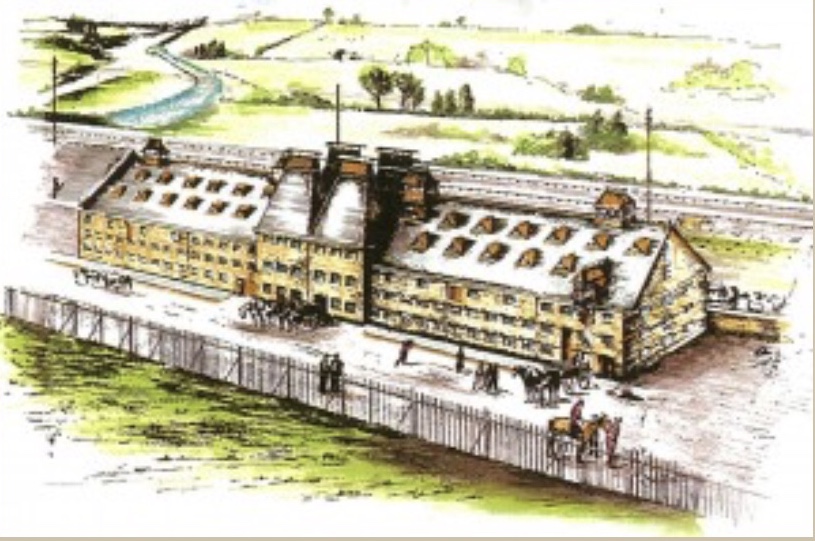
|
At the end of the 19th century, Edwin’s son, Parnell
Tucker, seized the opportunity to build an even
larger new maltings alongside the railway line at
Newton Abbott. Designed by the well known maltings
and brewery architect and engineer, William
Bradford, the first phase of the construction, with
two germination floors and two kilns, was completed
in November 1900.
Architects drawing of the new maltings |
With a capacity of 60 quarters (12 imperial tons) of
barley per batch, this was always known as the “big
side”.
The second phase of construction, with three
germination floors and two more kilns was completed
in 1901, with a capacity of 50 quarters (10 imperial
tons) of barley per batch, and known as the “small
side". |
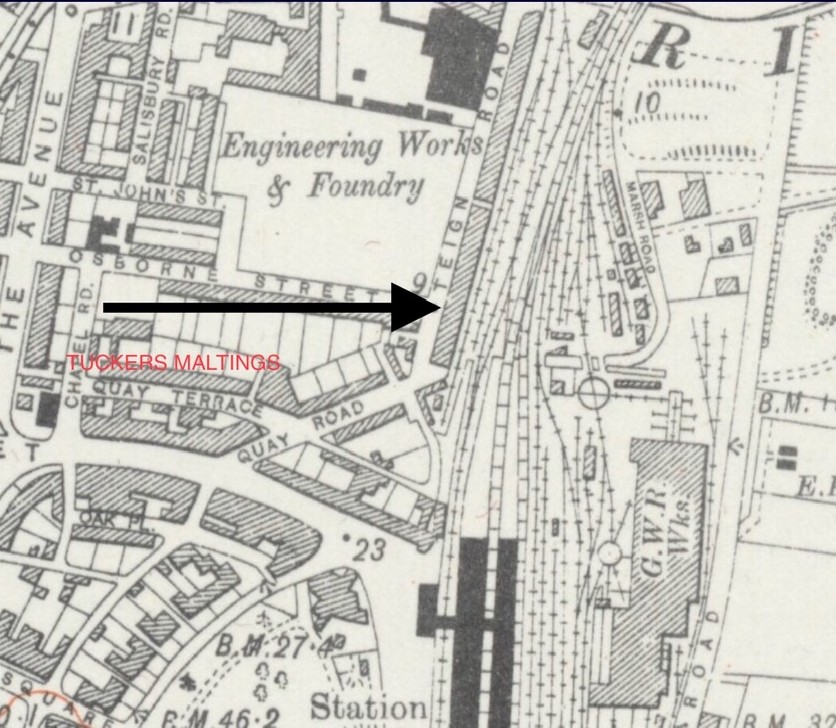 |
The structure of the maltings was a north-south
configuration, with a public road (Teign Road)
running along the western elevation, off which
deliveries of barley in sacks could be loaded into
the malthouses, and a railway siding ran along the
eastern elevation, onto which deliveries of malt
could be loaded out. The design of the building was
eventually replicated, south, all along Teign Road.
After World War 2 Tuckers acquired a large part of
this for a granary for both barley storage,and
cereal and other agricultural seeds. Today part of
this space is the Teignworthy Brewery, which until
the end of October, boasted the shortest (malt)
supply line of any brewery in the country!
|
|
The 4 original coal fired kilns, which took at least
three days to dry and cure the malt, were replaced
with oil fired technology in the 1960’s – safer and
half the time – but only two of the kilns were
converted, and the other two were deconstructed. |
|
Sadly, Parnell Tucker, and his immediate successors,
could never have foreseen the day when sacks of
barley would be replaced by deliveries in bulk
aboard huge lorries, requiring a whole new
logistical and engineering solution. At the same
time, a housing development to the north of the
maltings, converted Teign Road into a busy
thoroughfare. Then the demise of the railway as the
preferred transport for delivering the malt added
another logistical challenge. All of these features
represented a major drawback to developing and
expanding the business. |
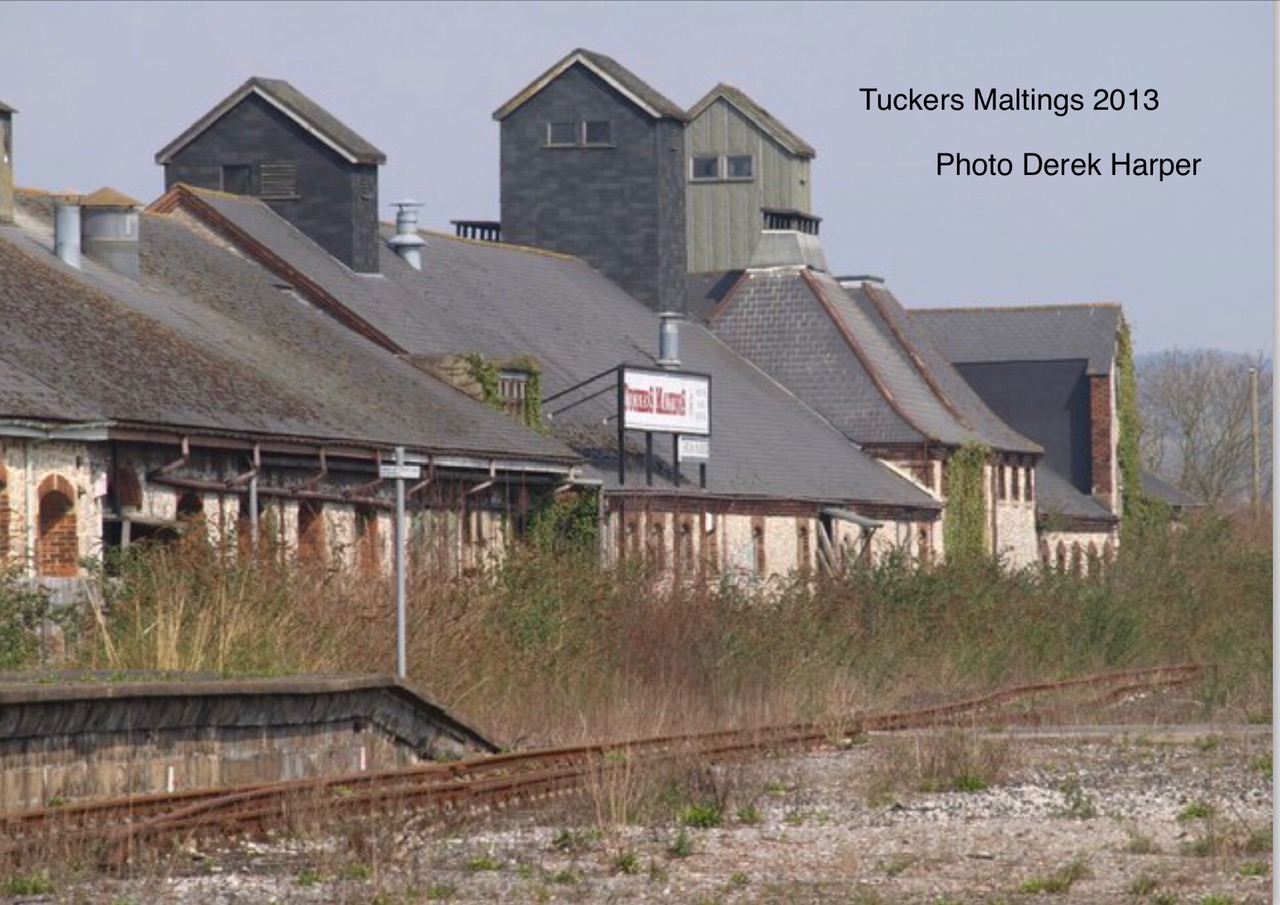 |
|
Right up to the end, the maltings continued to
employ a whole raft of vintage equipment, including
hand pulled malt ploughs, hand operated ‘Redler’
malt turners, and ‘Robert Boby’ malt barrows, all of
which would be up to 70 years old. None of this is
unusual for traditional ‘floor’ maltings. However,
until recently, Tuckers still operated a 1900
vintage ‘Nalder and Nalder’ barley screen, along
with its twin malt screen. The original invoice on
the wall showed that the pair were purchased for the
princely sum of £203 0s 0d.
Since the millennium, exponential growth in the
number of Craft Breweries, offered Tuckers a new
lease of life, feeding an almost frenzied demand for
Craft Ale from the tourists flocking onto the
south-west peninsular. But, eventually, the big
malt factories from the eastern counties, with their
huge economies of scale, came barging in with offers
of cheap malt, stealing Tucker’s customers away from
underneath their noses. With no apparent
inclination to fight back, and no succession plan,
the business was inevitably, and sadly, doomed!
Now, Warminster Maltings in Wiltshire, Britain’s
oldest working, and most original ‘floor’ maltings
(1855), stands completely on its own in the West
Country. |
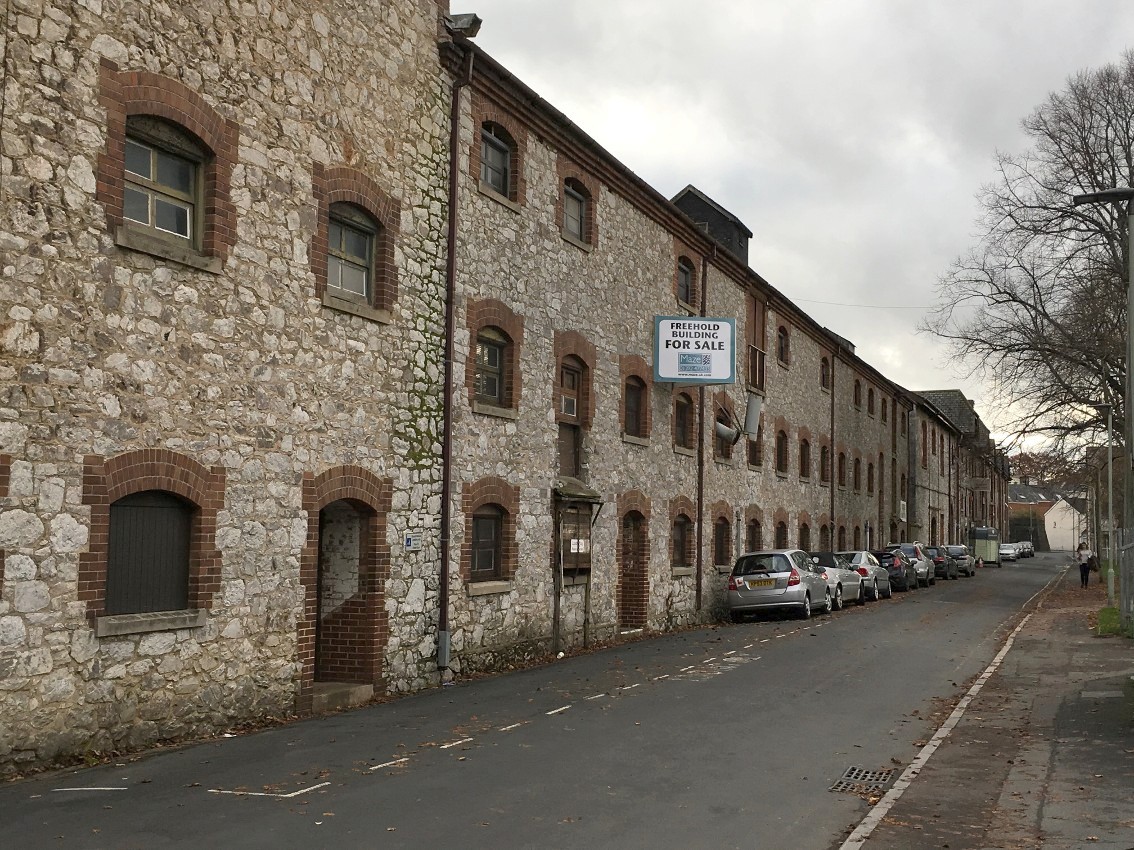
View along Teign Road, looking away from the river.
Note the interesting discharge shoot, with chain,
just beyond the ‘For Sale’ sign. |
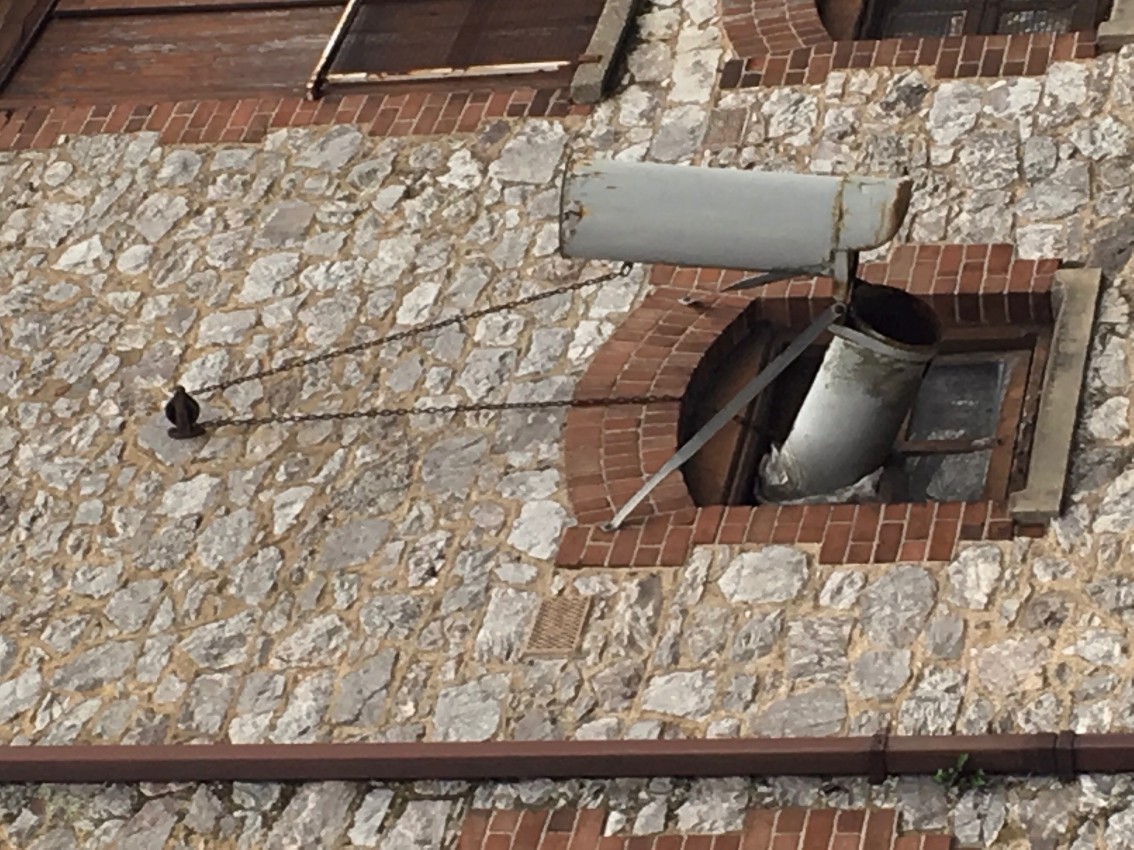 |
|
|
